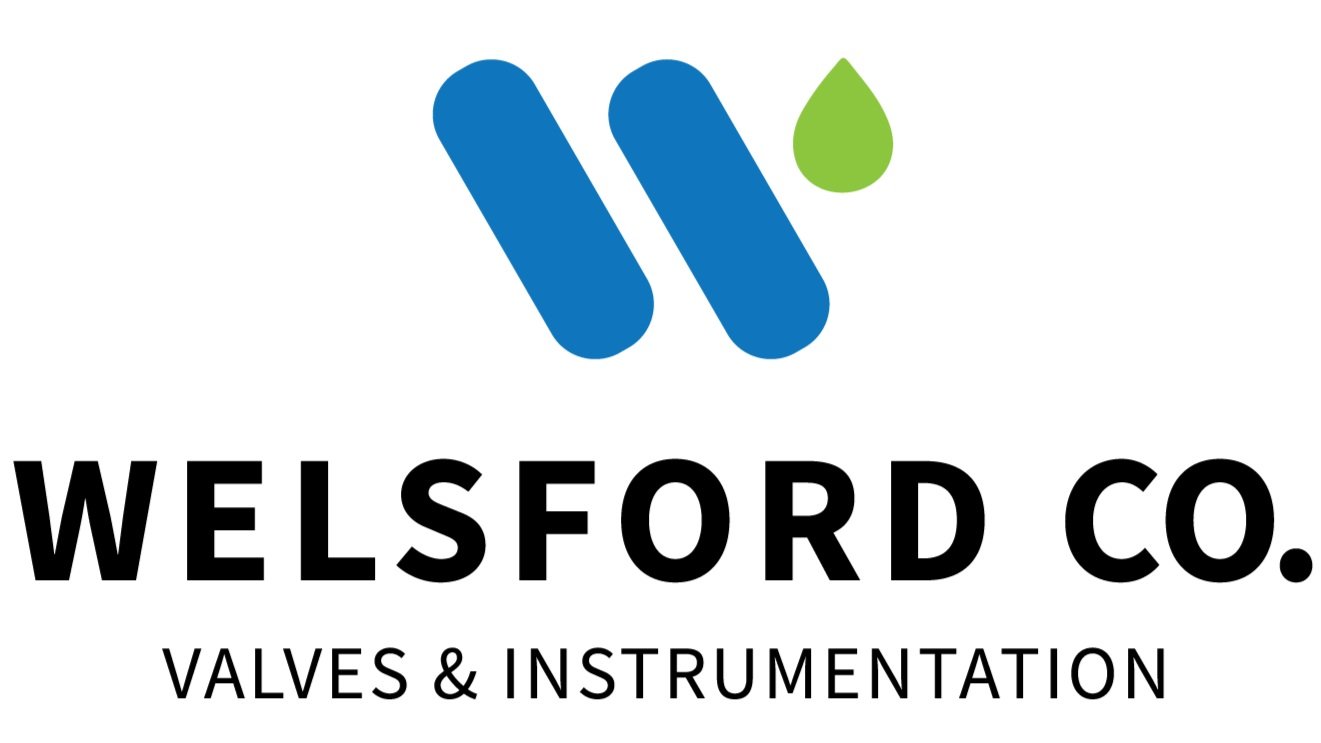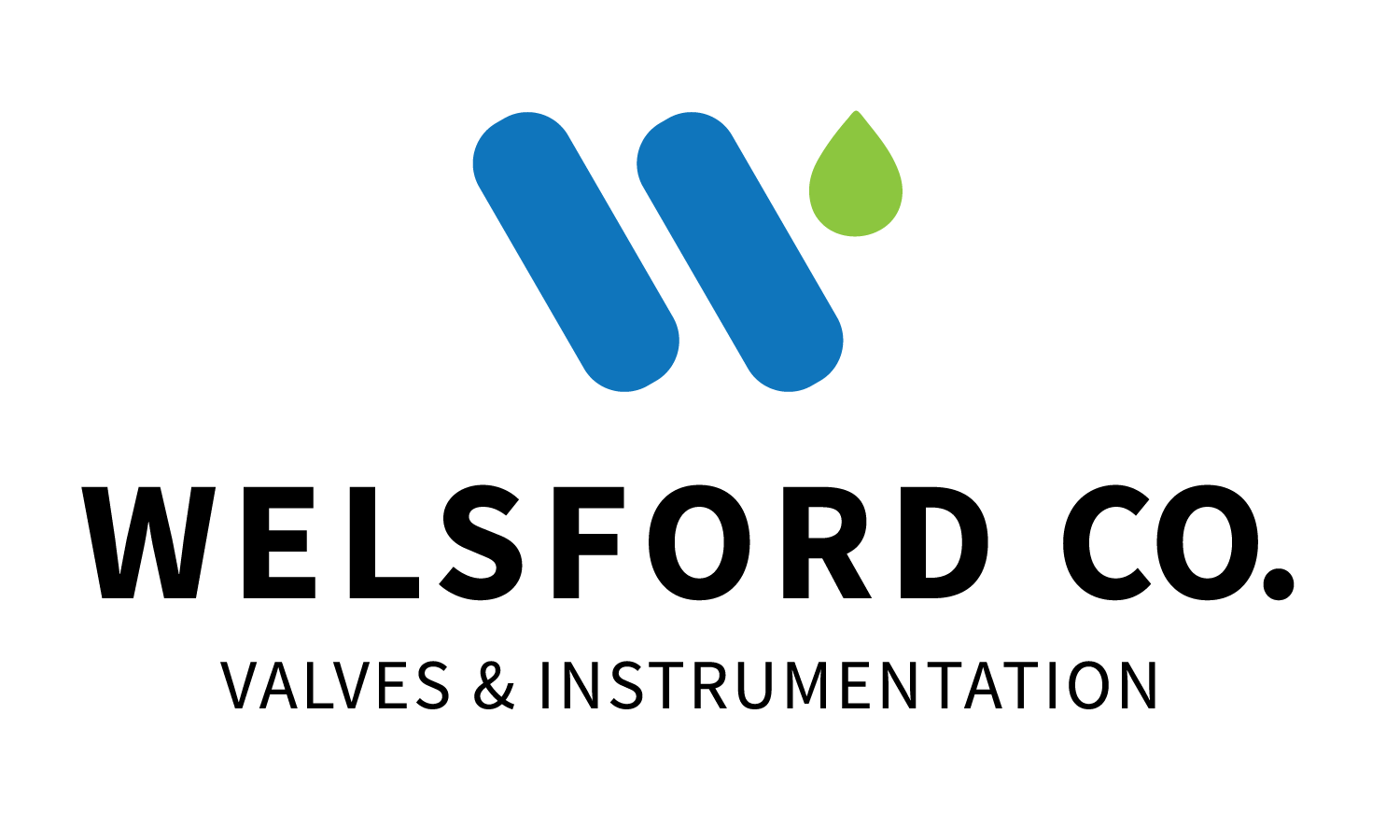10 Reasons Why You Shouldn’t Always Choose a Cheaper Valve
Engineers often make decisions based on the cost of acquiring and maintaining valves, with utilities and companies considering the purchase of cheaper valves as a cost-saving measure when working on complex projects requiring diverse valve designs and sizes. But by purchasing cheaper valves, engineers sometimes trade off desirable physical qualities and performance capabilities of these flow-control devices.
The materials used to manufacture industrial valves affect their cost. Each valve material offers unique properties affecting its usage in different fluid applications. Valve prices also vary depending on the criticality of industrial processes. For instance, check valves used in severe service pipelines are costlier than those in residential fire protection systems. Other factors that affect valve prices include pressure and temperature ratings; the complexity of actuation mechanisms; and valve design and surface treatment methods.
Cheap valves could be manufactured from low-quality or defective materials that do not meet the approved valve industry standards. Such valves fail certification tests and are unsuitable for use in high-pressure applications. There are several operational and safety risks associated with low-quality industrial valves. One common concern is increased porosity in castings used in high-pressure fluid applications. Let us explore the dangers of using cheaper valves in different industrial processes.
1. Material incompatibility with the service media
Each valve is designed to handle fluids with particular physical and chemical properties. The valves provide directional and volumetric control as required, while preventing leakages and emissions. A cheaper valve can be indicative of substandard manufacturing materials and lower standards. When such valves are installed in piping systems, they tend to have a shorter lifespan as they suffer rapid degradation due to the chemical characteristics of the service media. The valve trim wears faster in pipelines conveying viscous media or fluids containing suspended media. Low-quality valves undergo rapid chemical corrosion, lowering their performance capabilities. Material incompatibility increases valve failures, thus increasing the need for regular maintenance and replacement.
2. Rapid corrosion
Valve corrosion occurs internally and externally. External valve corrosion is attributed to harsh environmental conditions. The heat from other processes, sunlight and moisture affect valve surfaces. Low-quality industrial valves do not undergo requisite surface treatment processes. They are typically painted or polished with substandard industrial coatings. Ideally, valves must withstand tough environmental conditions. Surface coatings on cheaper valves wear off faster, exposing their bodies. The loss of protective valve coatings means the bodies are more susceptible to environmental corrosion. The effects are more noticeable in steel-based valve bodies. With time, the valve shell weakens, lowering its fatigue resistance and pressure containment capabilities, rupturing before the end of its nominal service life.
Related: A Look At Everything Water
3. Poor leakage prevention
Leakage prevention is a critical performance evaluation metric when selecting industrial valves. These valves utilize soft and metallic seals to prevent leakages and fugitive emissions at the valve body. However, when one opts for a cheaper valve, they risk purchasing one with defective or low-quality seals. The seals may fail prematurely due to the corrosion-erosion effects of the service fluid or the inability to accommodate periodic fluid pressure and temperature changes. In other cases, the machining of valve seats is not done to precision. Seat irregularities leave room for fluids to leak even when the valve is purportedly closed.
4. Installation challenges
Although various valves exist on the market, they have standard connectors that fit different pipe orientations and sizes. These valves use flanges to connect to the adjacent pipelines. Flange thickness and hole sizes are specified under the recognized valve manufacturing standards, such as ASME B16.5. Cheaper valves could have non-standard flanges with inferior thicknesses and poorly located hole positions. In other cases, the hole sizes are larger or smaller than the recommended standards. Such deviations cause installation challenges since the connectors are incompatible. Installation is impossible in instances where the holes are misaligned.
5. High torque requirements
The modern industrial setup contains multiple automated valves. Automating valves is necessary for enhancing reliability, efficiency and quality of fluid applications. The choice of actuation mechanisms depends on valve sizes, with larger valves requiring big actuators. Sizing actuators for cheap valves is challenging, given the delicate balance between ensuring excellent sealing and torque requirements. Often, cheap valve manufacturers crank down on body bolts and packing glands to guarantee leak-free seals, but subsequently increase the torque required to actuate the device. In the end, process engineers must select larger actuators to deliver the unusually high torques.
6. Non-compliance with standards
Cheap valves try to cut down on every manufacturing material, using the lowest-cost material alternatives without verifying the quality and standard recommendations. Using non-standard materials affects valve performances in several ways: the valve closure mechanism fails to control fluid flow; erratic response of valve return mechanisms; or the valve closure mechanism deforms due to fluid pressure and temperature.
In most cases, cheap valves are non-compliant with valve testing standards. Companies using substandard industrial valves risk hefty fines as they can cause accidents and allow leakage of non-environmentally friendly substances.
Related: Product News - March 2013
7. Increased probability of cavitation
Some industrial processes experience rapid fluid velocity changes to perform specific tasks. The velocity changes cause a low-pressure zone around valves. In the process, system pressure falls below the vapor pressure of the service fluid, leading to the formation of bubbles on valve surfaces. As the system pressure rises, bubbles collapse, damaging valve sections. Standard valves are designed to withstand frequent cavitation. However, cheap valves suffer severe damage from repeated cavitation. The explosion of bubbles causes pitting on internal valve components and adjacent pipe sections. The piping systems experience significant vibrations and noises, extending damage to pipe supports and other piping equipment.
8. Prone to water hammer and reverse flow
Industrial processes utilize check valves for directional fluid control to prevent backflow and contamination of fluid media. These valves, which allow fluid flow in one direction, operate autonomously, depending on the pressure conditions of the service fluid.
Low-quality valves are poorly sized; they cannot provide adequate protection against reverse flow. The valve closure mechanism may be of an improper weight, increasing their susceptibility to water hammers. These valves slam against valve seats, lowering their sealing efficiencies. They also allow reverse fluid flow, which has dire consequences when dealing with fluid services where preventing contamination remains paramount.
9. Poor safety standards
Cheaply priced valves are often lacking in terms of sealing and pressure containment. Valve damage occurs prematurely, and the porosity of castings increases in the high-pressure fluid application. These valves contribute to accidents as they permit leakage of hazardous or flammable fluids.
10. Maintenance and repair challenges
Valves require periodic maintenance, which includes the replacement of internal components. Technicians face several challenges when maintaining cheap valves, including a lack of spare parts; inaccessibility of internal components; weak fasteners, valve stems and levers that break when opening or tightening; and lack of lubrication holes.
Related: Valve Brands You Need to Know
Final thoughts
Sourcing cheaper valves gives the illusion that companies save significant amounts of money when making initial purchases. However, there are several downsides to cheap industrial valves. Life-cycle costs for such valves are high, and companies end up with more process breakdowns, frequent safety incidences, lower productivity and an increased complexity with their maintenance activities.
Utilities and companies should prioritize valve performance, quality and efficiency over acquisition cost to enjoy uninterrupted workflows and achieve the highest compliance standards.
About the author: Gilbert Welsford Jr is the founder of ValveMan.com and a third-generation valve entrepreneur. He has learned valves since a young age and has brought his entrepreneurial ingenuity to the family business in 2011 by creating the online valve store ValveMan.com. Welsford’s focus is building on the legacy his grandfather started, his father grew, and he has amplified.

